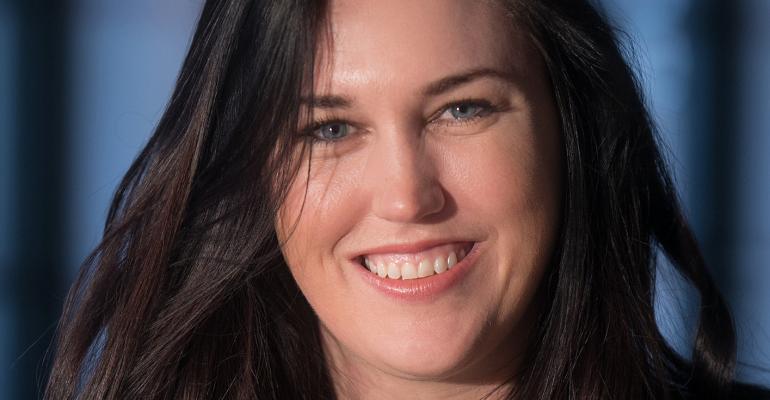In recent years, it has been inspiring and uplifting to see the event industry grow to become more inclusive and welcoming to people from all walks of life. Collectively, we believe that love is love and that every person on the planet is deserving of fair and equal treatment.
As a result, many event professionals have committed their businesses to embrace diversity and being more intentional about how they market their brands. However, there is a fine line between diversity and tokenism—and those who fall on the wrong side of the coin will come across as insincere and potentially misleading.
By definition, tokenism is the practice of only making a symbolic effort to do a particular thing, especially by recruiting a small number of people from underrepresented groups to give the appearance of sexual or racial equality within a workforce.
Simply put, tokenism is using representation from an inauthentic place for one’s benefit.
Fortunately, there are real and genuine ways a business can attract diverse clients without tokenizing any race, ethnicity, religion, gender, or sexual orientation—even if your past work isn’t representative of the inclusive values of your present and future.
Consider styled shoots.
Styled shoots are an excellent way to curate imagery, regardless of purpose. Maybe you want to showcase a new product or build a partnership with a local venue; a styled shoot provides an opportunity to do just that. However, it’s critical to be sensitive and mindful of your true intentions. People are not props. If you are showcasing diversity just to look “woke,” you’re doing it wrong.
If you are doing a styled shoot of a same-sex couple just to book more LGBTQ+ clients, that is a prime example of tokenizing. It’s not about you—it’s about the creativity and vendor collaboration, as it should be with any shoot. Keep the focus the same as if you were using a heterosexual couple.
Additionally, remember that representation matters. Do not hire hetero models to play an LGBTQ+ couple or an able-bodied person to be in a wheelchair. If you want to embrace diversity, you need to embrace diverse talent of all colors, creeds, genders, and body types.
Adjust your language.
A diversity-focused business requires more than just a few images on your social media; inclusivity needs to become the foundation of your brand values. Go beyond the pictures and adjust your language and the way you communicate with clients. To be truly equality-minded, you need to show up in every way—not just when it is convenient or easy.
Sift through your website for gendered terms, like bridal party or best man, and replace them with inclusive phrases, like the wedding party or best person. Likewise, consider adding a field to your contact form for prospects to designate their chosen pronouns; that way, you can respect their identity from your very first email or consultation.
If you have a team that works directly with clients, it’s important to hold diversity training to ensure that your prospects and clients receive a consistent, respectful experience across the board.
Market in the right places.
If you are looking to reach diverse audiences, you need to broaden your horizons regarding your preferred media outlets. Consider mixing up your marketing approach by seeking press from niche publications that target a wider audience. For example, Dancing with Her, Men’s Vows, and Love Inc. can help position you in front of LGBTQ+ couples. Likewise, blogs like Munaluchi and I Do Bilingual can also help you break barriers and expand your reach.
Real wedding submissions are, naturally, the low-hanging fruit when it comes to niche features, but you may also consider advertising or editorial contributions as well. When your brand consistently shows up in these channels, you will be recognized for your inclusive values.
It may take extra time and effort to build new media relationships, but that’s all part of being equality-minded—taking those additional steps to ensure you are authentically putting your best inclusive foot forward.
Ultimately, you get what you put out. If you are only showcasing a certain type of client, that’s who you will attract. It’s essential to broaden your client base to showcase genuine diversity on your website and social media. Be honest with yourself and think about the “why” behind your push for inclusivity; it should not be about jumping on any “woke” bandwagon but rather about valuing equality for all people and carrying that out in your own business.





